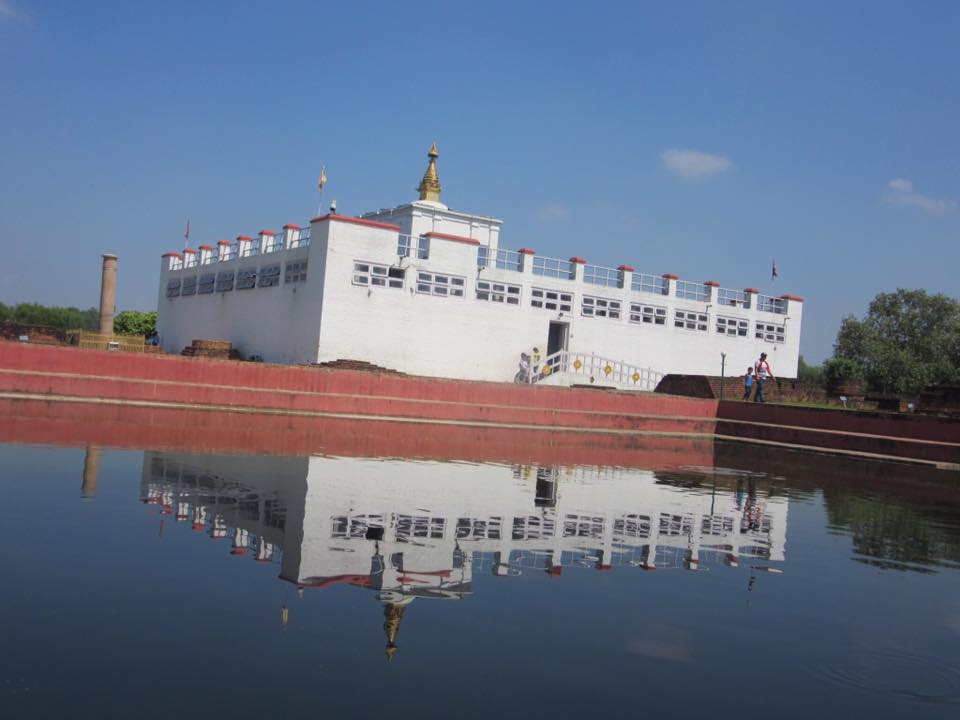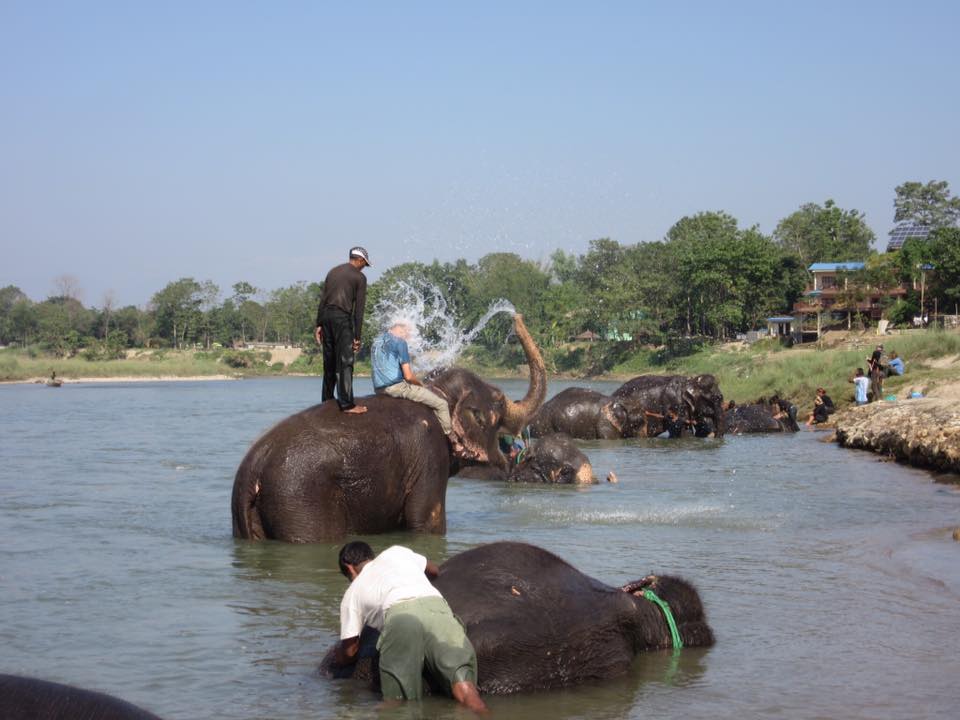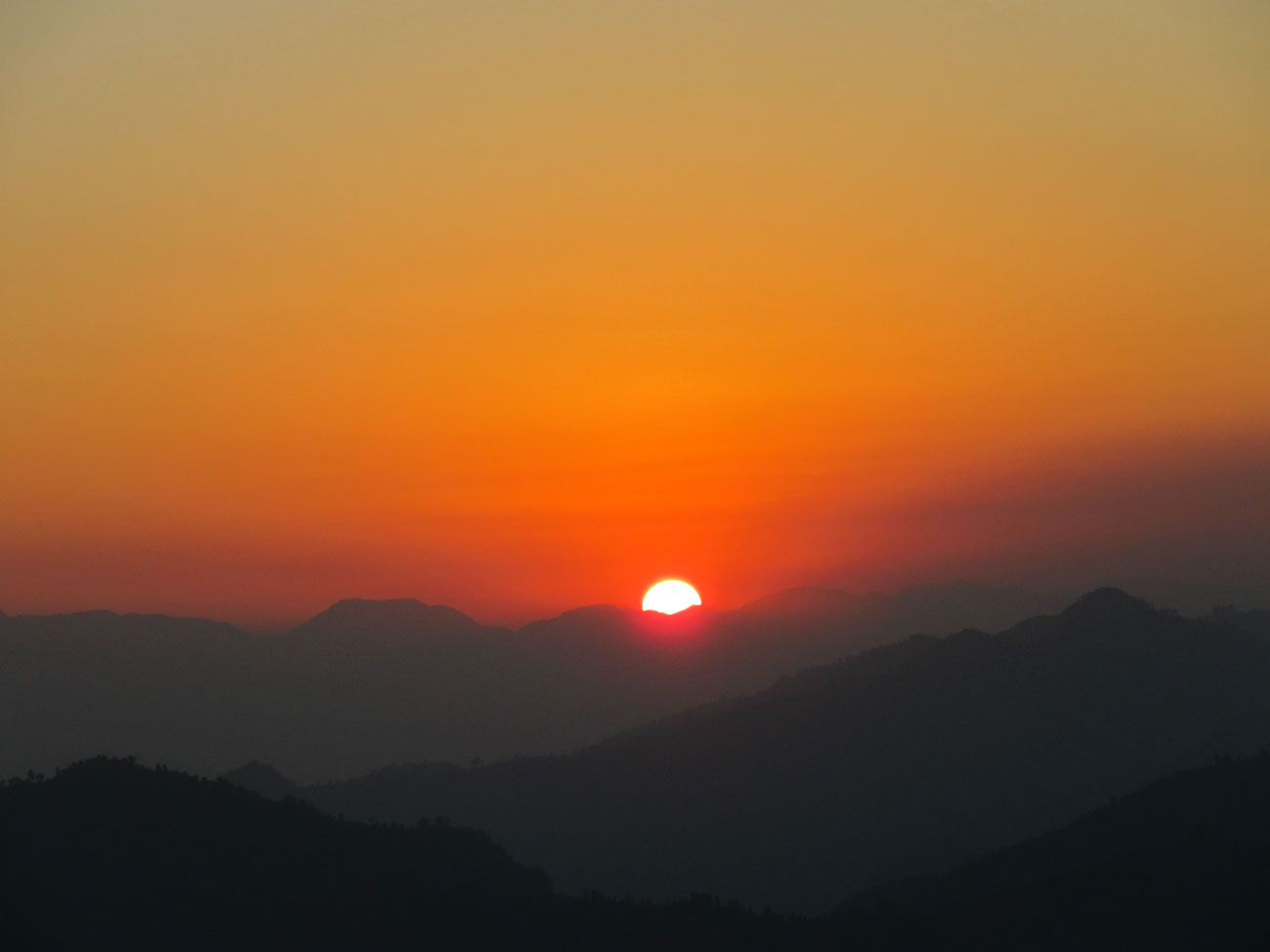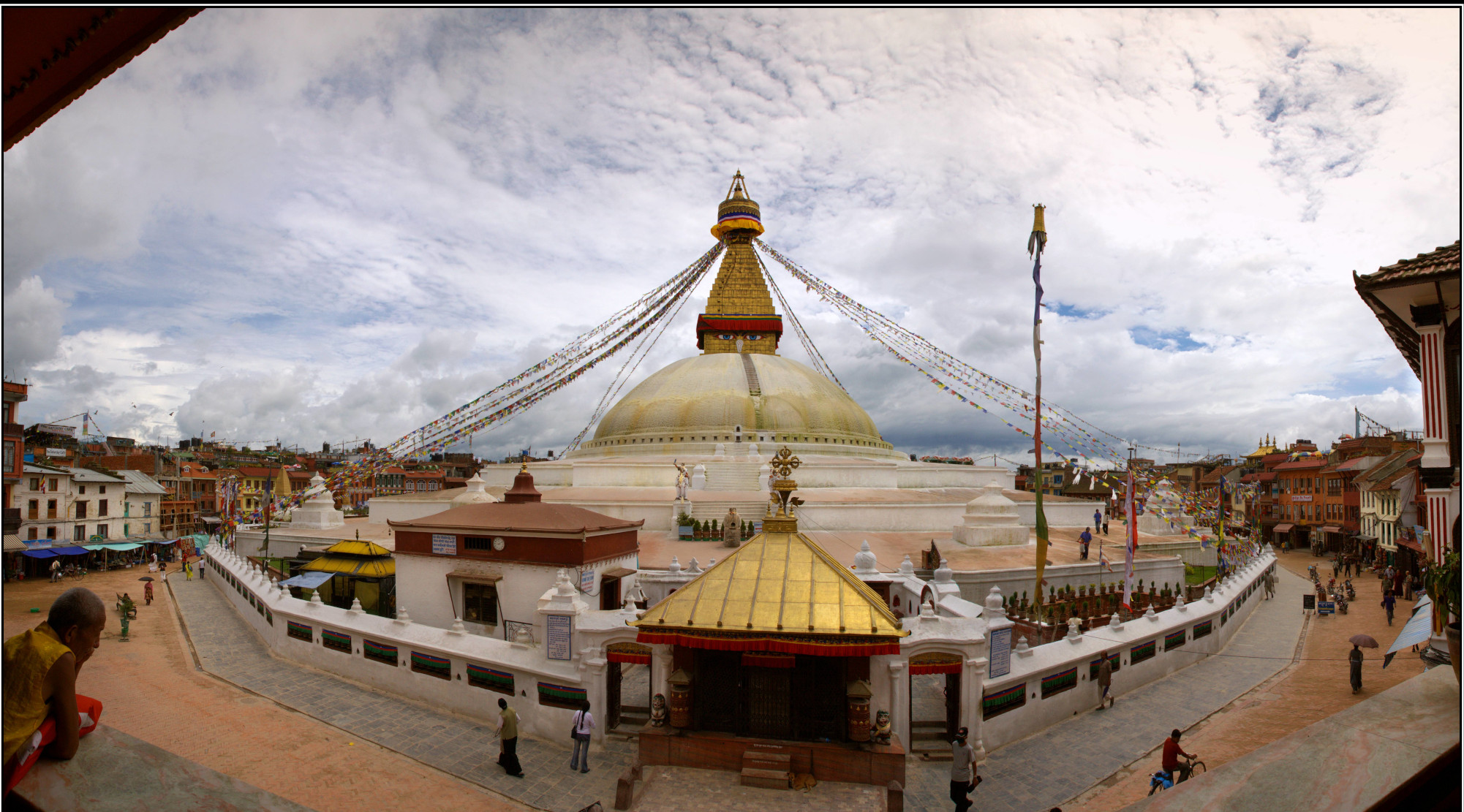The construction of royal palaces at this site is believed to be done in the Licchavi period in the third century. The Kathmandu Durbar Square held the palaces of the Malla and Shah kings who ruled over the city.It is known as Hanuman Dhoka Durbar Square, a name derived from the statue at the entrance of the palace. When Prithvi Narayan Shah invaded the Kathmandu Valley in 1769, he favored the Kathmandu Durbar Square for his palace. As the first king of the independent Kathmandu City, Ratna Malla is said to have built the Taleju temple in the Northern side of the palace in 1501.The palace is decorated with carved wooden windows and panels.There is a King Tribhuvan Memorial Museum and the Mahendra Museum whose state rooms inside the palace is allowed to visit.At the southern end of Durbar Square lies the Kumari Chok where kumari (girl chosen through an ancient and mystical selection process to become the human incarnation of the Hindu mother goddess, Durga) resides.She makes public appearances only during few other festivals otherwise her devotees can visit and worship her for a fee paid to her guards.She takes a tour of the city during the festival of Indra Jatra, during these festivals she is carried around from place to place in her chariot.
- Trip Advisor READ REVIEWS
-
+977 (01) 5911913 9841060897








